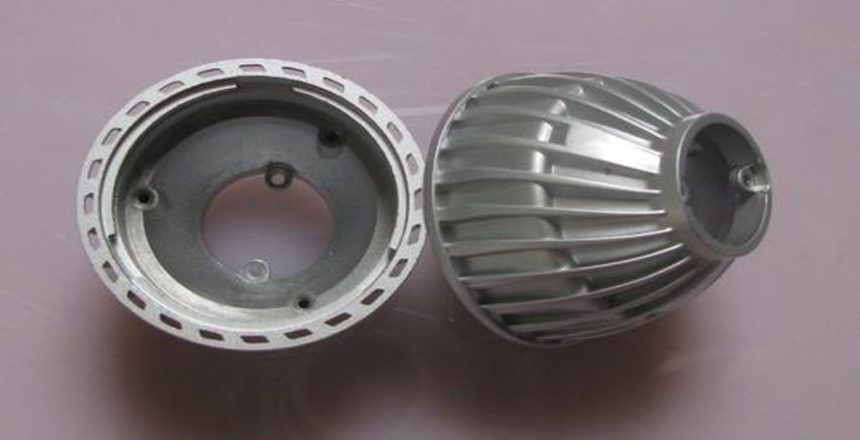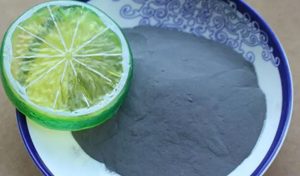During the use of die-casting mold, the die-casting mold will have stress. So what is the reason for this situation? Let’s take a look at the causes of stress in the lower die-casting mold.
1. Mold opening: In the process of core pulling and mold opening, when some components are deformed, mechanical stress will also be generated.
2. Mold temperature: the mold should be preheated to a certain temperature before production, otherwise, chilling will occur when the high temperature molten metal is filled, which will cause the temperature gradient of the inner and outer layers of the mold to increase, forming thermal stress, and cracking or even cracking on the mold surface . In the production process, the mold temperature continues to rise. When the mold temperature is overheated, it is easy to stick to the mold, and the moving parts fail to cause damage to the mold surface. A cooling temperature control system should be installed to keep the mold working temperature within a certain range.
3. Filling: The molten metal is filled with high pressure and high speed, which will inevitably produce fierce impact and erosion on the mold, thus generating mechanical stress and thermal stress. During the impact process, molten metal, impurities, and gas will also produce complex chemical interactions with the surface of the mold, and accelerate the generation of corrosion and cracks. When molten metal is encased in gas, it will expand first in the low-pressure area in the cavity. When the gas pressure increases, inward blasting occurs, pulling out the metal particles on the surface of the cavity and causing damage, and cracks due to cavitation.
4. Production process: In the production process of each die-casting part, due to the heat exchange between the mold and the molten metal, the surface of the mold produces periodic temperature changes, causing periodic thermal expansion and contraction, and generating periodic thermal stress. For example, the surface of the mold is subjected to compressive stress due to the temperature rise during pouring, and after the mold is opened to eject the casting, the surface of the mold is subjected to tensile stress due to the temperature drop. When this alternating stress is repeatedly cycled, the stress accumulated inside the mold becomes larger and larger. When the stress exceeds the fatigue limit of the material, cracks occur on the surface of the mold.


